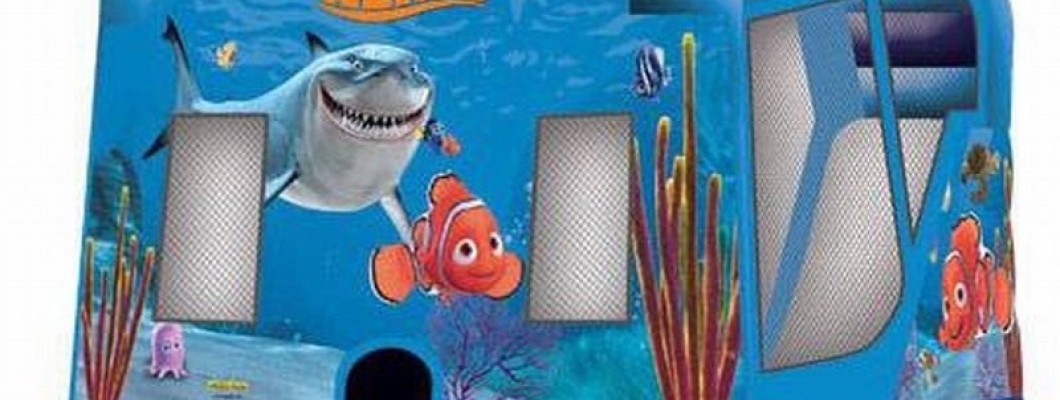
The average lifespan of a commercial bounce house typically ranges from 3 to 10 years, depending on various factors that influence its durability. Here are the key considerations that affect how long a bounce house can last:
1. Quality of Materials
Higher-quality bounce houses made from durable materials, such as commercial-grade PVC, generally last longer than those made from lower-quality fabrics. Investing in a well-constructed inflatable can significantly extend its lifespan.
2. Frequency of Use
The more frequently a bounce house is used, the faster it may wear out. Bounce houses used in high-traffic rental businesses tend to experience more wear and tear compared to those used occasionally for personal events.
3. Maintenance and Care
Proper maintenance plays a crucial role in extending the lifespan of a bounce house:
- Regular Cleaning: Keeping the inflatable clean prevents dirt and debris from causing damage.
- Prompt Repairs: Addressing any tears or damage immediately can prevent further deterioration.
- Proper Storage: Storing the bounce house in a dry, cool place can help prevent mold and material degradation.
4. Weather Conditions
Environmental factors can also impact the lifespan of a bounce house. Prolonged exposure to harsh weather conditions, such as strong UV rays, rain, or extreme temperatures, can weaken the material over time. It's important to store the inflatable indoors when not in use, especially in adverse weather.
5. Usage Guidelines
Following manufacturer guidelines regarding weight limits and usage can help ensure the safety and longevity of the bounce house. Overloading the inflatable can lead to quicker wear and potential damage.
Conclusion
The average lifespan of a commercial bounce house can vary significantly based on the quality of materials, frequency of use, maintenance, environmental factors, and adherence to usage guidelines. By taking proper care of the inflatable, owners can maximize its lifespan and ensure a safe and enjoyable experience for users.



Leave a Comment